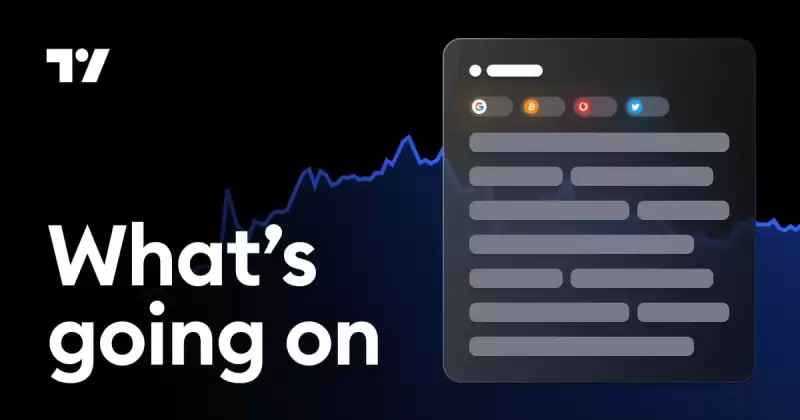 |
|
 |
|
 |
|
 |
|
 |
|
 |
|
 |
|
 |
|
 |
|
 |
|
 |
|
 |
|
 |
|
 |
|
 |
|
Cryptocurrency News Articles
Hedera Hashgraph (HBAR) Price Predictions: Market Analysis and Expert Opinions
Jan 28, 2025 at 01:22 am
Hedera Hashgraph's native token, HBAR, is catching eyes as its price is on the rise. More businesses are starting to use Hedera's tech, and that's making a big difference. This article dives into the reasons behind HBAR's price jump and how enterprise adoption is fueling this growth.

Hedera Hashgraph (CRYPTO: HBAR) has seen a remarkable price surge in recent months, largely driven by growing enterprise adoption of its network and technology. Here's a closer look at the factors contributing to HBAR's price increase and how enterprise adoption is fueling this growth.
As a public network, Hedera Hashgraph is designed to be efficient and low-cost, offering faster transaction speeds, enhanced security, and greater scalability compared to traditional blockchain platforms. These attributes have made Hedera a preferred choice for businesses seeking to integrate distributed ledger technology into their operations.
The increasing demand for HBAR can be attributed to the integration of Hedera's network into various enterprise applications. These partnerships have played a crucial role in boosting the market value of HBAR, as enterprises bring with them a vast user base that might not otherwise be involved in the cryptocurrency space.
Moreover, Hedera's strategic partnerships have significantly boosted the credibility and reach of HBAR in the crypto market. Companies like Google (NASDAQ:GOOGL) and IBM (NYSE:IBM) are part of Hedera's governing council, lending their names and resources to the project. This backing not only reassures investors but also opens doors to new business opportunities.
For instance, the alliance between Hedera and Ripple (CRYPTO: XRP) has further cemented HBAR's position in the blockchain space. This partnership allows Hedera to tap into Ripple's extensive network, deep industry expertise, and vast community of developers and users. Together, they aim to enhance the technology and expand its use, particularly in the financial transactions sector.
Hedera Hashgraph isn't just about flashy partnerships; it's about real-world applications that solve real problems. Some of the most notable use cases include secure supply chain management, efficient cross-border payments, and even decentralized identity verification. These applications showcase how Hedera's technology can be integrated into existing systems to enhance efficiency and security.
For instance, the potential for HBAR in the Internet of Things (IoT) sector is immense, offering secure data exchanges and microtransactions between devices. This capability could revolutionize various industries, from manufacturing and logistics to smart cities and connected homes.
As enterprise adoption continues to drive HBAR's growth, several promising projects on Hedera's roadmap could further elevate its market position. Innovations like enhanced privacy features are on the horizon, aiming to allow users to create private network instances while staying connected to the public ledger.
These developments could revolutionize sectors like finance and healthcare, making Hedera indispensable in those fields. As these technologies roll out, they could play a significant role in driving HBAR's price upward, potentially breaking the $1 barrier by 2025.
Disclaimer:info@kdj.com
The information provided is not trading advice. kdj.com does not assume any responsibility for any investments made based on the information provided in this article. Cryptocurrencies are highly volatile and it is highly recommended that you invest with caution after thorough research!
If you believe that the content used on this website infringes your copyright, please contact us immediately (info@kdj.com) and we will delete it promptly.


























































